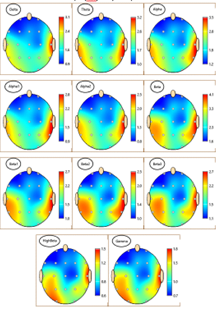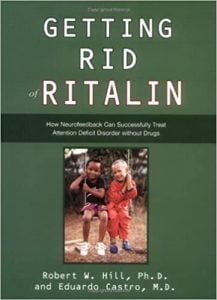ADHD and Autism
Neurofeedback has long been recognised as and effective treatment for symptoms associated with ADHD and other disorders of emotion and concentration. We have a range of neurofeedback/neuromodualtion modalities that have been very successful in reducing symptom intensity.
Other conditions such as Reactive Attachment Disorder (RAD) and Oppositional Defiance Disorder (ODD) also respond well to neurofeedback and neuromodualtion.
The most commonly cited distressing symptoms parents witness are emotional meltdowns, reactivity, violence/aggression, poor concentration, social isolation (due to behaviour), impulsive behaviour, and insomnia.
These behaviours often result in social isolation and exclusion from social activities, anxiety, and low self-esteem and confidence. Parents and siblings also suffer as a result of the behaviours and negative attention, resulting in anxiety/depression and family relationship stress/breakdown.
There is a trend to medicate children usually on a trial and error basis without any physiological assessments however, there are many benefits for a child if symptom intensity is reduced so that if medication is needed, only small doses are required. Neurotherapy can help with this.

There are seven profiles for ADHD, therefore it is important to identify where the ADHD lives in the brain, and its character. For example, some ADHD profiles do not respond to Ritalin and simiar medications. These medications can in some instances make the behaviour worse. There are also disorders that mimic ADHD, so scheduling a QEEG (Quantitative Electroencephalogram) is performed as part of the inital assessment to ensure the trreatment is individualised. It also ensures there are no injuries, or other abnormalities that may require medical review before commencing neurotherapy.
A QEEG is scheduled prior to commencing neurotherapy to ensure the etiology of the presenting problem is identified and training is customised. A QEEG will identify the profile of the presenting symptom ensure therapy can be custoimised.
A QEEG is a 19 channel EEG recording of the brains activity. It provides information about the various brain waves of the brain; how they compare to database of ‘normal’ brains; and the balance or ratio of frequencies within the individual brain. Excesses and deficits can be identified and protocols designed to address the disregulation.
Additional tests may also include a T.O.V.A assessment, or an ERP (event related potential) which examines the brains response to stimuli.
We have a range of neurofeedback/neuromodualtion modalities that have been very successful in reducing symptom intensity.
- Amplitude Neurofeedback
- ILF (Infra Low Frequency)
- LENS (Low Energy Neurofeedback)
- Neuromodualtion/Neurostimulation
- Combined Therapies

Resources:
‘Getting Rid of Ritalin’ by
Robert Hill & Eduardo Castro

‘Brian’s Legacy’ by Siegfried Othmer
